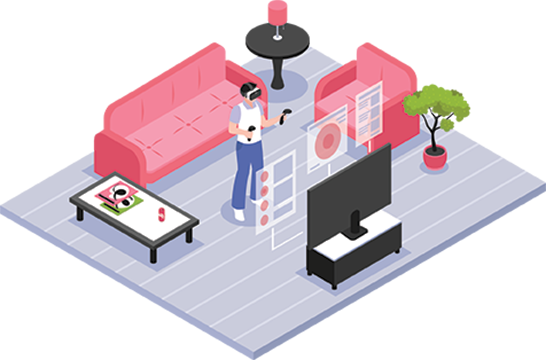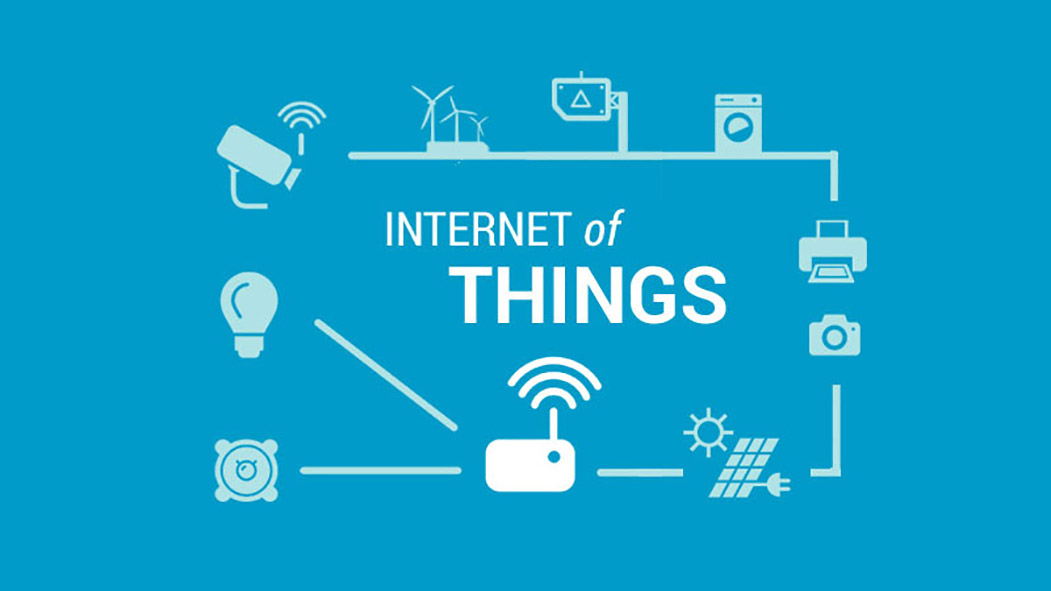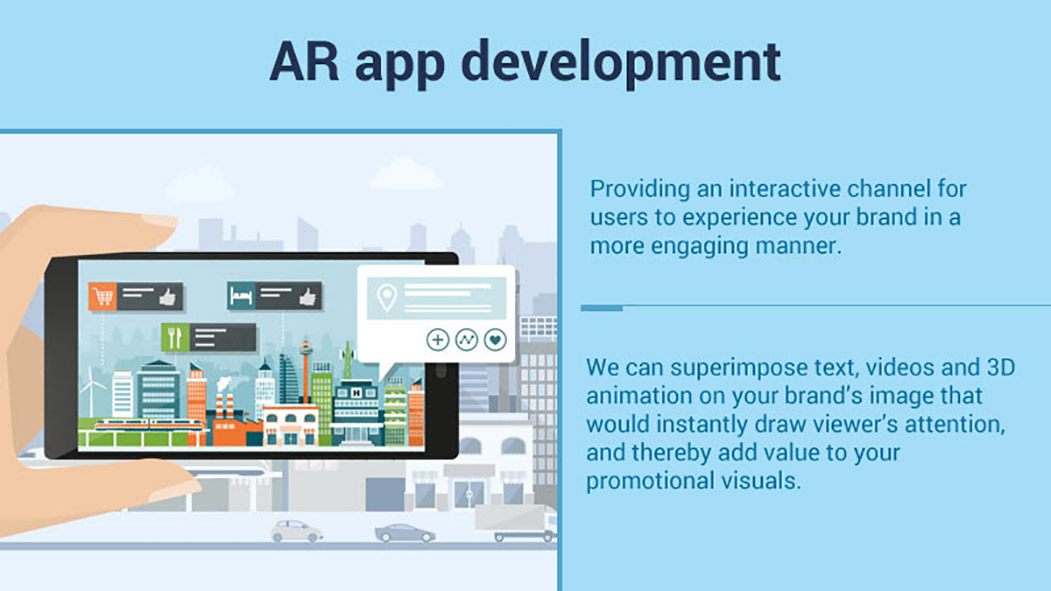Get in touch with us today!
Overview - Virtual Reality (VR)?
Without a doubt, one of the most creative technologies to appear in recent years is Virtual Reality. VR has been with us for as long as video games have existed, but it wasn't until quite recently that Virtual Reality technology spread out of its niche and became available to the masses. With the expansion of the mobile market, we have seen a marked rise in the popularity of VR games and apps as many mobile applications contain text and videos that can be interacted with using VR applications.
What Is Virtual Reality?
What Is Virtual Reality?
Virtual reality is an artificial world produced by software and presented to the user in such a way that the user accepts unreal things as actual things. Virtual reality is mostly experienced through sight and hearing,according to insight computing. One of the most basic yet well-liked forms of virtual reality is a 3D image. Virtual reality (VR) is a computer-generated simulation of a 3D environment that stimulates all of the senses, It's what is known as an "immersion technology;" it allows users to become totally immersed in a digital world. It's one of the most powerful and immersive technologies in recent history and has been used for entertainment for decades.
Virtual Reality has emerged as the most innovative method of producing media. And its applications extend beyond game production. VR technology is being used by a variety of industries, including the automotive, traveling and virtual manufacturing sectors, to replicate environments for on-the-spot product testing and training.
Let’s understand Virtual Realty

The Impact Of Virtual Reality Technology on Business
VR is the most exciting technology in recent years. It's predicted that virtual reality will become the next eco-trend after green technology, creating a more sustainable world while also becoming one of the biggest industries in history.
Virtual Reality Technology has the capabilities to transform businesses across industries in several significant ways. The most important way VR will change business as we know it is through training and instruction. During training with VR, workers will be able to interact with simulations of their actual job setting. This feeling of realism allows trainees to feel as if they are in the actual situation, as opposed to being in a classroom learning how to handle situations from a lecture. It is not hard to imagine how this approach could dramatically reduce the amount of time it takes for workers to learn critical skills and procedures. In fact, some believe that virtual reality could be the training solution that can replace the large amounts of money spent on traditional employee training every year.
Some other ways how VR Applications and Technology will impact the business are:
- By increasing knowledge and worker involvement
- By teaching essential on-the-job skills
- By providing an innovative means of showcasing goods and services
- By creating an atmosphere for experimentation with new ideas
- By becoming a useful resource for planning work

Industry-Based VR Application Solutions
We at Webmantra are a specialized VR app development company in India that provides cutting-edge technology-based creative and practical virtual reality solutions. For a variety of sectors, our developers design VR apps for the iPad, iPhone, Android, and Windows platforms. The following is a list of the virtual reality products we specialize in, organized by industry:
Tourism
By offering immersive and lifelike experiences that allow users to make informed reservations before traveling, VR applications support agencies, hotels, airlines, and other tourism-related businesses in their efforts to promote their products and services.
Real Estate
Virtual reality allows users to see a property before it is built. Users can alter the plan structure and feel the view from their homes.
Automotive
The use of virtual reality technology by automakers and dealers to increase online sales by setting up virtual showrooms where prospective buyers may view the outside and inside of automotives without ever leaving their homes.
Events, Conferences, and Meetings
Additionally, event organizers have begun utilizing VR services to enhance virtual networking. The majority of traditional networking activities have been gradually transformed into VR experiences, from introductory games to organizing meetings and conferences.
Sports
The ability to run an endless number of reps in the most realistic environment imaginable in a virtual reality (VR) sports environment allows athletes to speed up their training program, even while on the go, so they are prepared to perform at their very best when it counts.
Fitness
The concept of VR fitness is to use state-of-the-art, engaging VR technology to create a completely new workout atmosphere in any place in the world. VR can ensure that workouts are fun and feel fresh each day.

VR Application Development Technology We Use
- Unity
- Unreal
- WebVR
- AFrame
- React360
- Google ARCore

Our Work Process for VR App Development
Requirement Analysis
To start our project, we prioritize obtaining the necessary needs, materials, and data; run a requirement analysis for your business needs.
Design & Develop
We employ the most up-to-date design tools to create eye-catching and endearing designs that are the best possible user experience, after which we start developing blockchain, web, and mobile applications with the most up-to-date tools and technologies.
Quality Assurance
Webmantra, a virtual reality development company, prioritizes quality and offers applications that are completely free of bugs.
App Launch
Your application is prepared for release on the App Store or Play Store after trial and compliance with all procedures as required.
Support & Maintenance
After launch, our organization provides you with full assistance, and the crew is always available to address any questions.

Why Choose Webmantra As Your VR App Development Company?
At Webmantra, we virtually make your company's demands a reality. As a virtual reality developers, we are well-positioned to fundamentally alter public conceptions of technology and infuse innovation into each of our products.
Virtual Reality App Developers from our team can create efficient VR apps that may virtually modify the environment around you. We have been successful in utilizing Virtual Reality (VR) technology among our clientele as one of the few virtual reality app development companies in India by providing fresh projections, virtual worlds, imaginative aspects, and the like. We help various businesses adopt VR with regular assistance from our virtual reality app developers who have used revolutionary technology in a variety of fields such as real estate, fitness, sports, automotive, and tourism.

 Academy
Academy


